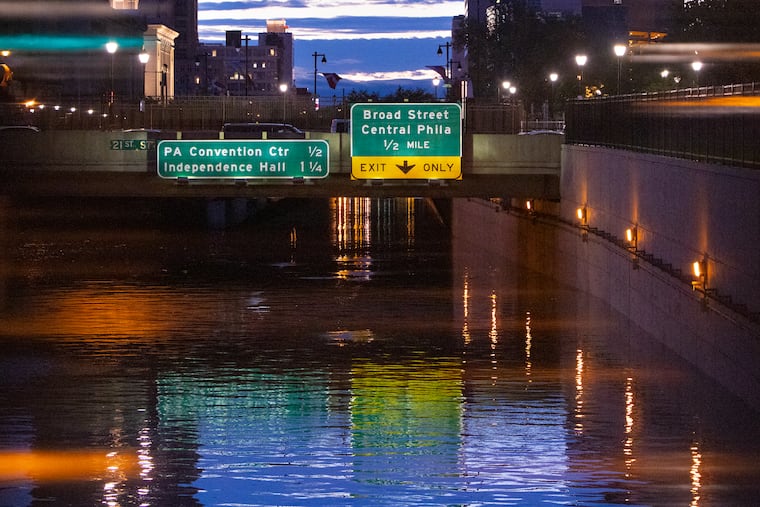With $62.1 billion in losses, Ida ranks among worst hurricanes in U.S. history for damage
Hurricane costs are hitting historic heights, and it's not just climate change. "We're building houses where houses don't belong," says one insurance executive.

Whatever the future of tropical storms may bring, at least we will never again have to experience one called Ida.
The World Meteorological Organization officially has removed Ida from the lists of tropical-storm names that are recycled in six-year intervals, a distinction belonging to only the deadliest and most destructive storms. (This year’s “I” storm will be called Ian.)
While historically it did not measure up to the Galveston hurricane of 1900, which killed more than 8,000 people, or the Great Miami Hurricane of 1926, which is blamed for jump-starting the Depression in South Florida, Ida more than qualifies. Those earlier storms predated the naming era.
Ida was blamed for more than 85 deaths in the United States, and for insured losses, it was the second-costliest hurricane, at $36 billion, according to the Insurance Information Institute. Upon landfall it generated a storm surge up to 14 feet above ground level in southeastern Louisiana, and then mutated into a potent, tornado-spawning rainstorm as it tracked inland toward the Mid-Atlantic.
Research continues into how much rising seas and enhanced rainfall related to the accelerating pace of worldwide warming are adding to the destructive powers of tropical storms. But the effects of development in the increasing losses are clearly evident, insurance-industry experts say.
“Mother Nature is constantly telling us and beating us over the head that we’re building houses where houses don’t belong,” said John Dickson, president and CEO of Aon Edge, one of the private companies that has entered the flood-insurance market, “but we continue to do so. And until we stop building houses where houses don’t belong, these problems will persist.”
Nine of the top 10 insurance-loss events have occurred since 2005.
That said, Ida has earned an elite place in an analysis of all-time destructive tropical cyclones that attempts to account for development trends and inflation.
In a study published in the journal Nature Sustainability, a team of hurricane, public-policy, and insurance experts ranked historic storms based on the insured losses they would have caused given inflation and current levels of development.
The estimates include damage that occurred after a storm lost its tropical characteristics, as was the case with Ida, said Jessica Weinkle, associate professor at the University of North Carolina and lead author of the study, published in 2017. The list was recently updated, and Ida is now No. 10.
Here are the rankings and 2021 damage estimates.
It made a direct hit on Miami and was blamed for more than 350 deaths.
“Isaac’s storm” killed as many as 8,000, although the true toll will never be known.
The storm was blamed for killing more than 1,800 and leaving millions in New Orleans without homes.
It wasn’t as deadly as its predecessor, but destructive in its own right.
The center made a landfall a mere 20 miles south of Miami with 165 mph winds, and another landfall in Louisiana.
Sandy was technically not a hurricane when it made landfall north of Atlantic City, but in the Court of Common Sense ...
Not to be confused with the Great Atlantic Hurricane of 1944, which caused so much damage at the Jersey Shore, this one was blamed for more than 300 deaths.
The most powerful hurricane to hit New England submerged Providence, R.I. A wind gust of 186 mph was recorded at an observatory in Maine. It also caused significant damage at the Jersey Shore as it passed along the coast.
After making landfall on the Texas coast with a wind gust as high as 152 mph, Harvey rung out prodigious rains, with Cedar Bayou in Houston reporting a record 51.88 inches.
Ida was one that people along the Schuylkill, Brandywine, in those tornado paths, or anyone else who was around here at the time won’t soon forget.